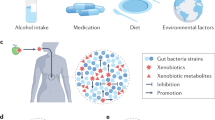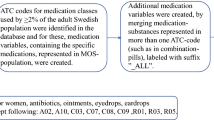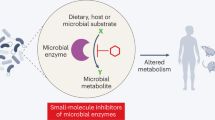Abstract
WHEN streptomycin is administered by mouth, only a small proportion is absorbed, and very high concentrations of the drug can be obtained in the stools, 2–9 mgm. per gm. having been recorded without toxic symptoms1,2. It seemed of interest, therefore, to determine whether such concentrations could have any effect on the motility of the gut other than by virtue of the bacteriostatic action.
This is a preview of subscription content, access via your institution
Access options
Subscribe to this journal
Receive 51 print issues and online access
$199.00 per year
only $3.90 per issue
Buy this article
- Purchase on SpringerLink
- Instant access to full article PDF
Prices may be subject to local taxes which are calculated during checkout
Similar content being viewed by others
References
Elias, W. F., and Durso, J., Science, 101, 589 (1945).
James, U., and Kramer, I. R. H., Lancet, ii, 555 (1948).
Schild, H. O., Brit. J. Pharmacol., 2, 189 (1947).
Waksman, S. A., “Microbial Antagonisms and Antibiotic Substances”, 292 (2nd edit. Commonwealth Fund, K.Y., 1947).
Author information
Authors and Affiliations
Rights and permissions
About this article
Cite this article
CAMPBELL, J., KRAMER, I. Effect of Streptomycin Preparations on Gut Responses to Contractor Substances. Nature 165, 78–79 (1950). https://doi.org/10.1038/165078a0
Issue date:
DOI: https://doi.org/10.1038/165078a0



